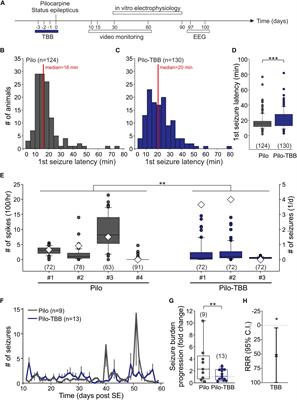EDITORIAL
Published on 12 Jul 2023
Editorial: Cellular and molecular targets in epileptogenesis focusing on disease prevention
doi 10.3389/fncel.2023.1251038
- 857 views
13k
Total downloads
47k
Total views and downloads
EDITORIAL
Published on 12 Jul 2023
ORIGINAL RESEARCH
Published on 09 May 2023
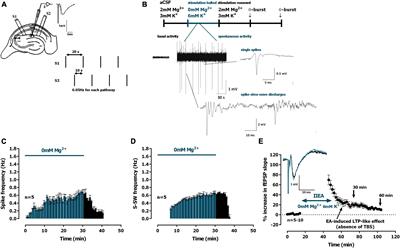
ORIGINAL RESEARCH
Published on 17 Nov 2022
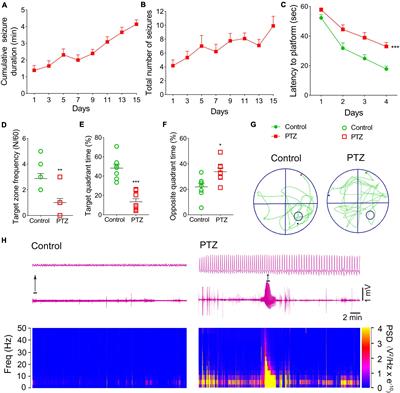
MINI REVIEW
Published on 22 Jul 2022
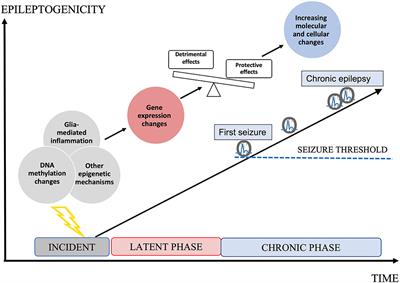
ORIGINAL RESEARCH
Published on 07 Jul 2022

REVIEW
Published on 28 Jun 2022
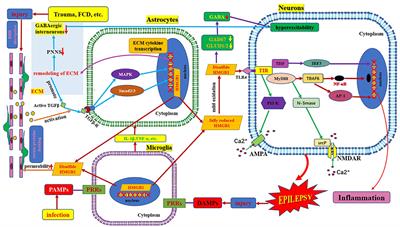
MINI REVIEW
Published on 24 Mar 2022

REVIEW
Published on 13 Dec 2021
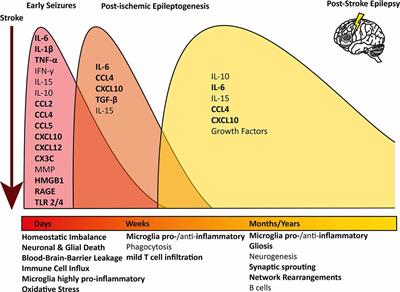
ORIGINAL RESEARCH
Published on 08 Dec 2021
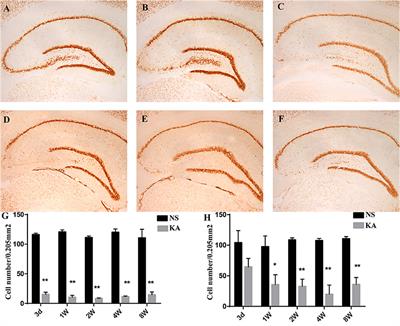
ORIGINAL RESEARCH
Published on 12 Jul 2021

ORIGINAL RESEARCH
Published on 15 Sep 2020
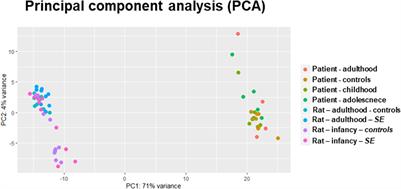
ORIGINAL RESEARCH
Published on 26 Feb 2020
